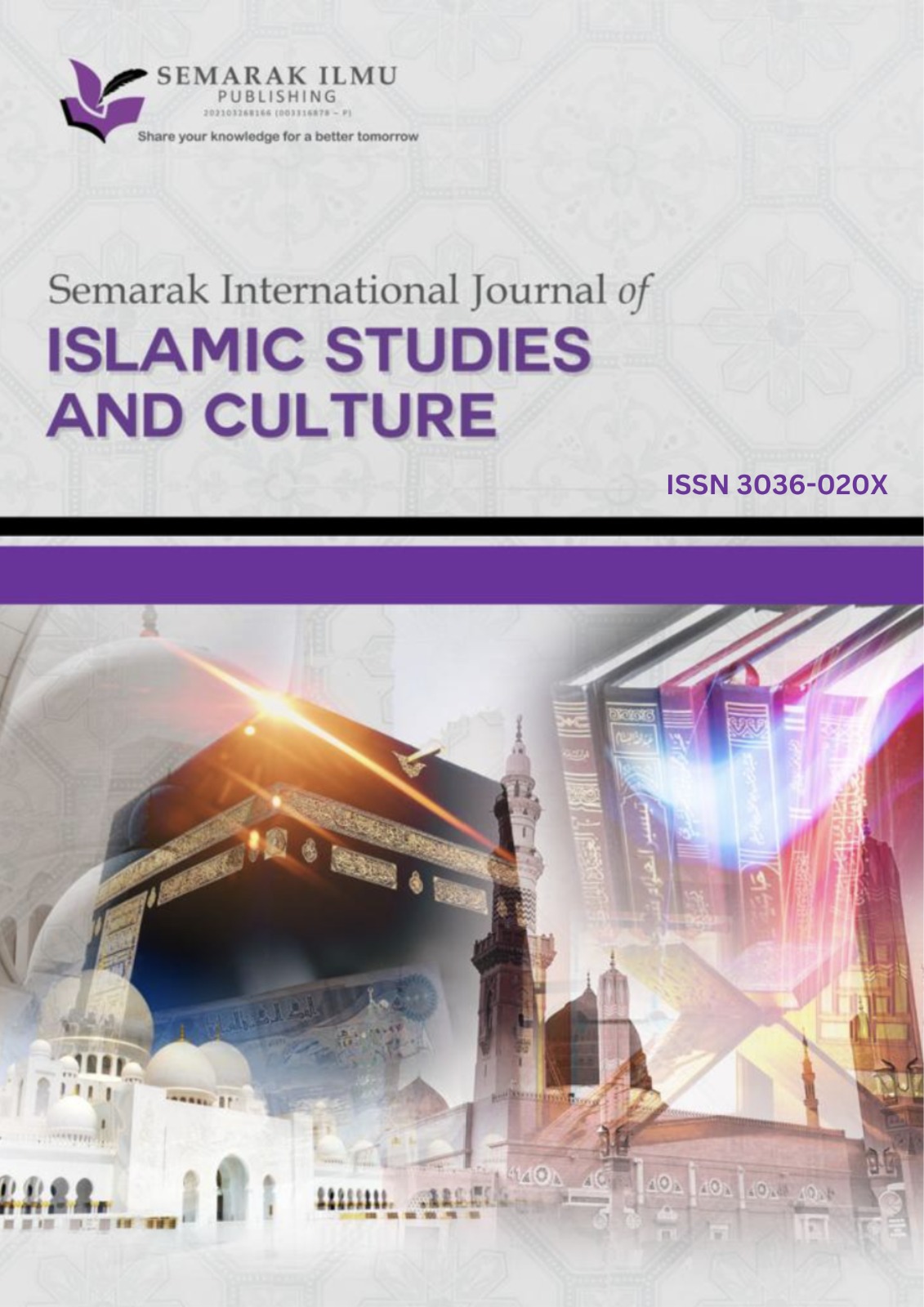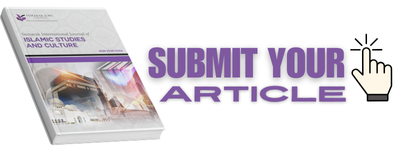The Veiled Identity: A Sociocultural Examination of the Hijab and its Multifaceted Meanings among Muslim Women in the West
DOI:
https://doi.org/10.37934/sijisc.1.1.113Keywords:
Hijab, sociocultural influences, Muslim women, identityAbstract
This study investigates the nuanced relationship between the hijab, identity, and sociocultural influences among Muslim women in the West. Employing a qualitative phenomenological approach, the research aims to understand the diverse meanings attached to the hijab and the sociocultural dynamics shaping its practices. The research problem stems from the necessity to explore how Muslim women in the West experience and interpret the hijab within the complex interplay of identity, sociocultural factors, and a sense of belonging. The study pursues three main objectives; to uncover the layered significance of the hijab, to analyze sociocultural influences impacting hijab practices, and to examine the intersection of identity and belonging in relation to the hijab. The novelty of this study lies in the application of the Hijab Identity Matrix framework, providing a structured approach to analyze the interplay of identity and sociocultural influences related to the hijab. The research addresses a gap in the current literature by systematically exploring the multifaceted meanings of the hijab among Muslim women in the Western context. This study opens a new avenue for future research, emphasizing the need for culturally sensitive discourse surrounding the hijab and its meanings. Qualitative data is collected through in-depth interviews with Muslim women in Western societies. Thematic analysis, a robust method for identifying patterns and themes, is applied to the collected data using NVivo 12 for management and analysis. A novel aspect of this research is the application of the Hijab Identity Matrix framework designed to encapsulate the multifaceted relationship between the hijab, identity, and sociocultural factors. Comprising three interconnected dimensions aligned with the research objectives, this framework offers a unique lens for comprehending the complex phenomenon, structuring the analysis and interpretation of qualitative data. The principal findings provide insights into the diverse meanings attributed to the hijab by Muslim women, the role of sociocultural influences in shaping these meanings, and the intersection of the hijab with identity and belonging in Western societies. This study contributes to existing literature by offering a comprehensive perspective on the hijab beyond its religious connotations, enriching our understanding of broader sociocultural dynamics.
Downloads














